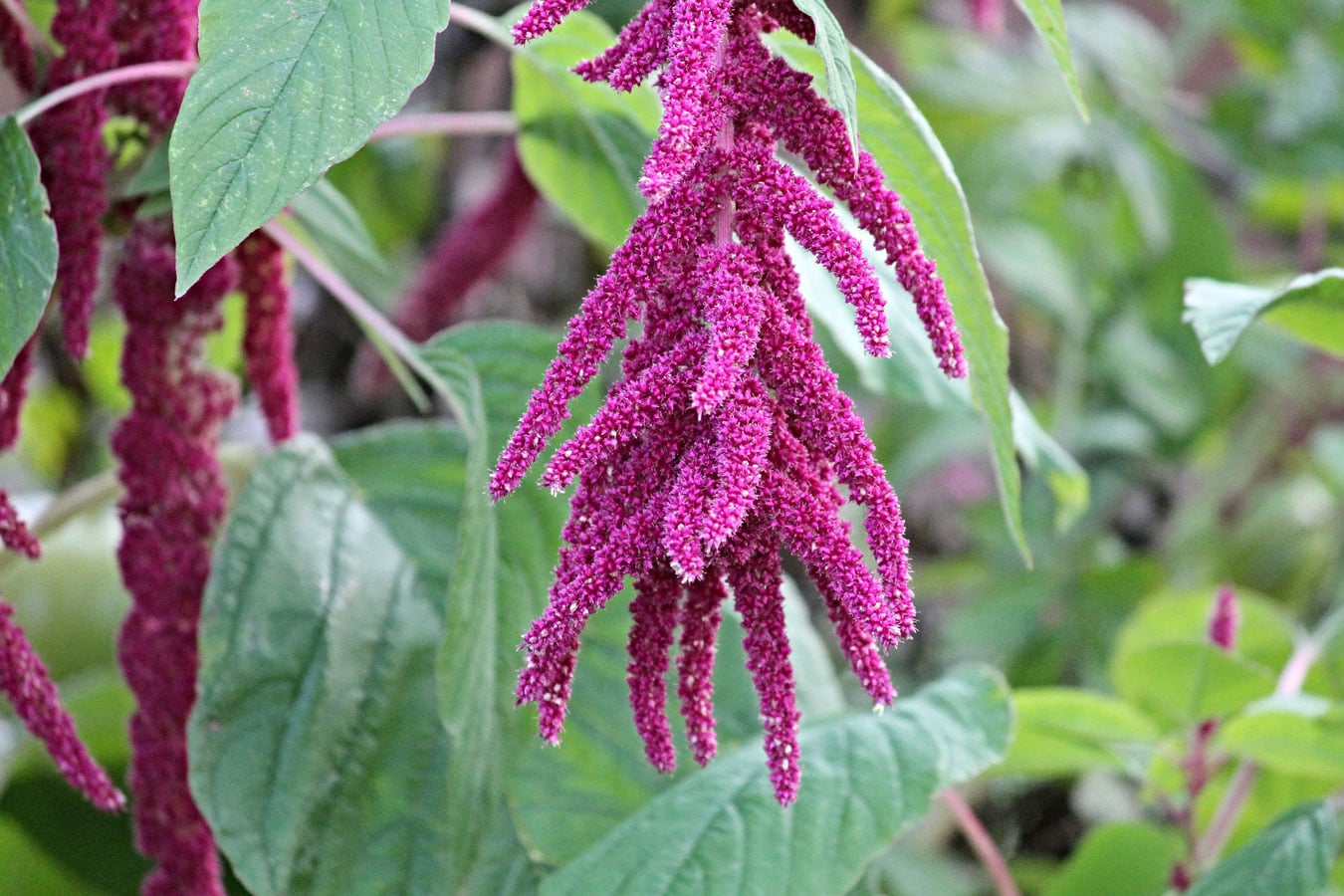As Africa’s middle class has expanded, so has the continent’s taste for Western vegetables: lettuce, French beans, sugar snap peas, broccoli, and other staples of any Western grocery store. In countries like Kenya and Tanzania, foreign investors established greenhouse operations to grow vegetables mainly for export to Europe, generating surpluses sold in local markets that displaced native crops. As a consequence, although consumers in these nations may be eating more broccoli, “poor diet diversity and vitamin A and iron deficiency remains a concerning problem in sub-Saharan Africa” because there’s actually less overall variety in diets, say the authors of a new report from the International Fund for Agricultural Development.
Their solution? African native plants such as cowpeas, amaranth, nettles, spider plant, and pumpkin leaves. These vegetables are known to be rich in nutritional benefits, but they’re crops that urban consumers had been largely shunning in recent decades due to their connotation with dusty roadside stalls and rural poverty. As they recount, a team from Bioversity International and the World Vegetable Center mobilized to bring these dying crops back to life. In a carefully crafted ad campaign, the organizations touted the nutritional benefits and culinary uses of 100 different native African vegetables. They also worked with smallholder farmers to improve the cultivation, marketing, and distribution of native produce that had been losing out to foreign competition. As a result of their efforts, consumption of several previously neglected species is now on the rise, and farmer’s incomes are rising. The authors hope to also see measurable improvements in nutrition.
Experts vigorously debate how best to improve nutrition. Some advocate biofortification: boosting health outcomes by selectively breeding varieties of popular crops to make them more nutritious. Others say it’s better to promote crops that already boast excellent nutritional value but have fallen out of favor. Advocates have given these foods the term “neglected and underutilized species” or NUS, a reflection of the international development community’s fetish for acronyms. They’re called “forgotten foods” in more common parlance.
Carlo Fadda, a research director at Bioversity International, wants to see forgotten foods become the world’s future foods. He’s optimistic that such foods as African locust bean, jackfruit, salak, finger millet, and amaranth, will eventually mirror the recent success of quinoa in winning over minds and markets. During a panel discussion at a recent online conference, Fadda said willful neglect by policymakers has long been a major barrier to promoting and popularizing forgotten foods; at least that’s been his experience since he started looking at these foods back in the 1990s. But today the tide is turning, he says. “There is very much renewed interest from many fronts,” said Fadda. Perhaps even more important is the changing tide in consumer expectations. “There is much greater attention from consumers,” Fadda added. “There is an increased demand for a diversity of food, there is an increased demand for healthy food, and neglected species could very well feed into this type of food.”
Bioversity International, IFAD, the Asian Farmers Association, and other organizations promise more action to revive and promote forgotten foods in the years to come. Forgotten foods are tasty and nutritious, and can often be grown on marginal lands and in tough climates. They also deliver diversity to diets and new income to farmers, and proponents of forgotten foods say developing new markets for these neglected crops can often create opportunities to improve the livelihoods and status of women farmers in particular. Fadda noted that smallholder farmers should “have their fair share of benefit when those crops become viable, and I think we have good lessons from quinoa as well in terms of that.”
Grow Further will consider both biofortification and forgotten-food approaches to improving nutrition, in both cases prioritizing projects that demonstrate market demand and can improve farm income as well as nutrition.
–Grow Further




